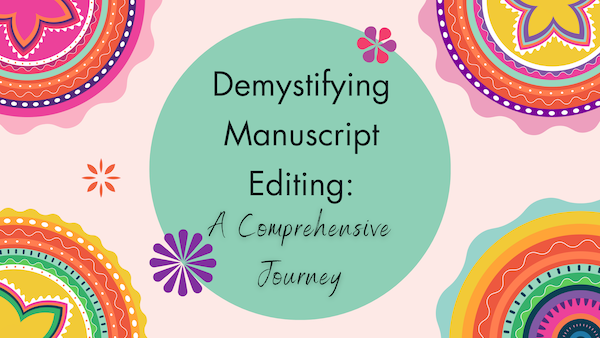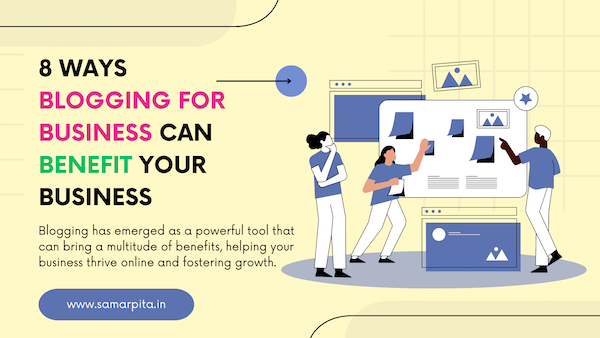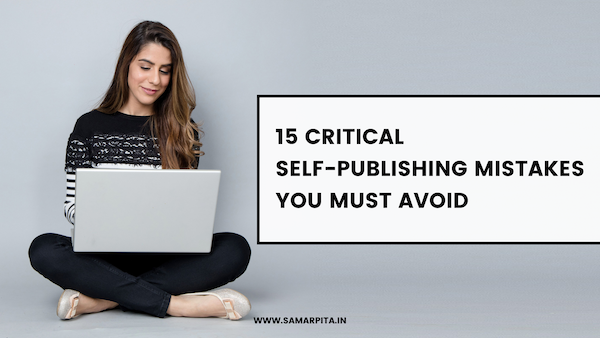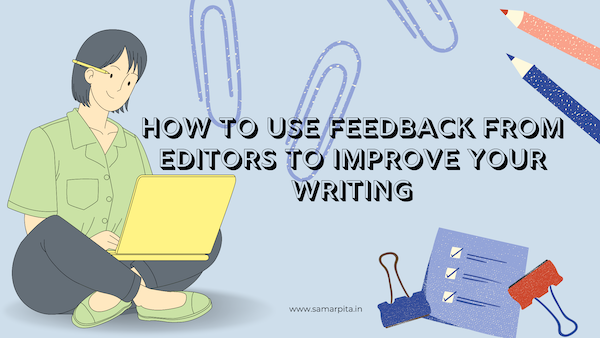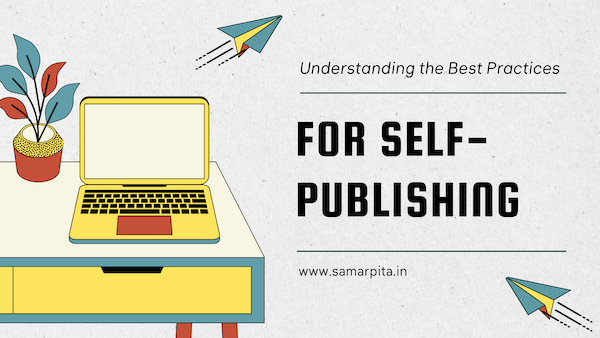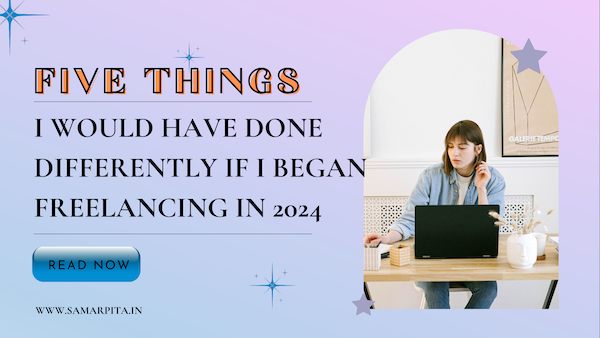Writing a manuscript is a labor of love, a journey that often feels like a solitary endeavor. Yet, the magic truly happens when the manuscript undergoes the skilled hands of an editor. Manuscript editing is a multi-faceted process, encompassing various stages that collectively shape a raw manuscript into a polished work of art. In this blog post, we’ll take a detailed journey through the different stages of manuscript editing, providing authors with valuable insights into each step of this transformative process.
Also Read: Ten Crucial Editing Skills Every Writer Needs
**1. Initial Assessment:
Before diving into the nitty-gritty, editors embark on an initial assessment of the manuscript. This involves evaluating the overall structure, plot coherence, character development, and identifying any major issues that might need attention. It’s like taking a panoramic view of the literary landscape to understand the terrain before delving into the specifics.
**2. Structural Editing:
The first concrete step involves structural editing, where the editor examines the manuscript’s big picture. This encompasses assessing the plot’s pacing, character arcs, and overall narrative flow. Editors look for consistency and coherence, ensuring that the story unfolds seamlessly. Suggestions for restructuring or reordering chapters might be proposed to enhance the overall reading experience.
Also Read: X-Factor Editing Techniques: Going Above and Beyond
**3. Line Editing:
Once the structural foundation is solidified, it’s time for line editing. This stage involves a more meticulous examination of the prose. Editors focus on the nuances of language, checking for clarity, coherence, and style. Sentence structures are refined, and unnecessary repetitions or redundancies are addressed. Line editing is where the manuscript starts to shine on a micro level, with attention to detail making a significant impact.
**4. Copy Editing:
Copy editing is the stage where grammar and syntax take the spotlight. Editors scrutinize each sentence, correcting grammatical errors, typos, and ensuring consistency in language usage. Punctuation, spelling, and grammar are fine-tuned to bring the manuscript to a high standard of precision. It’s the stage where the manuscript begins to feel polished and ready for a discerning reader’s eyes.
Also Read: In-Depth Editing: Strategies for Comprehensive Reviews
**5. Proofreading:
The final sweep, proofreading, is akin to giving the manuscript a meticulous once-over. Editors meticulously scan for any remaining errors – be they typos, formatting issues, or lingering grammatical slip-ups. This stage is crucial to ensure that the manuscript is flawless and ready for publication. It’s the last chance to catch those elusive mistakes that may have escaped notice earlier in the process.
Navigating Collaboration:
Throughout these stages, collaboration between the author and the editor is pivotal. A successful partnership involves open communication and a shared vision for the manuscript. Authors should view the editing process not as a critique but as a collaborative effort to elevate the manuscript to its highest potential.
Also Read: Breaking Down the Basics of Copyediting
Embracing Feedback:
Receiving feedback, especially during the initial stages, might be daunting for authors. However, it’s essential to embrace constructive criticism as a means of growth. Editors are allies in refining the narrative, offering valuable perspectives that can ultimately enhance the manuscript.
Also Read: A Beginner’s Guide to Editing
Conclusion:
In the intricate dance between an author and an editor, the manuscript undergoes a transformative journey. From the panoramic assessment to the meticulous line edits and the final polish of proofreading, each stage plays a vital role in sculpting a manuscript into its best version. Authors, consider the editing process not as a hurdle but as a staircase that leads your work to new heights. Embrace the collaborative spirit, value the insights shared, and witness your manuscript evolve into a literary masterpiece. The journey may be challenging, but the destination is a manuscript that resonates with readers and stands the test of time.
***
If you are looking for an excellent manuscript editor, someone to create content for your business, or an expert to help build your personal or professional brand on social media, then look no further and connect with me at editor@samarpita.in I can be followed on instagram at @samarpita and on twitter at @samarpitadotin.
***********
Read my ebook WRITE. EDIT. PROMOTE. to learn the basics about becoming an author – from writing your own book, to editing your first draft, and to promoting your book yourself! You can also read my ebook How To Write A Story Effectively and learn some valuable lessons about how a story can go from average to extraordinary. This book is part 1 of the series.
In fiction, I have two short stories for children in an ebook called Bedtime Stories.

